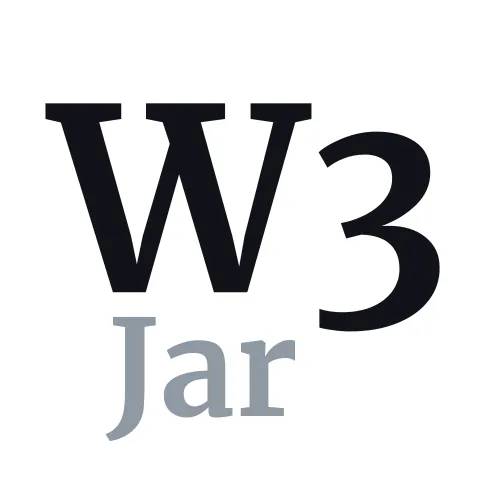How to Check If a Date is Tomorrow in JavaScript
To check if a given date is tomorrow in JavaScript, you can follow these steps:
- Get the current date and time.
- Calculate what tomorrow’s date is.
- Compare the provided date to tomorrow’s date.
Here’s a concise example of how you can achieve this in JavaScript:
function isTomorrow(date) {
// Ensure the provided input is a Date object
if (!(date instanceof Date)) {
throw new TypeError("Input must be a Date object");
}
// Get the current date and time
const now = new Date();
// Create a date object for tomorrow
const tomorrow = new Date(now);
tomorrow.setDate(now.getDate() + 1);
tomorrow.setHours(0, 0, 0, 0); // Set to start of the day
// Create a date object for the end of tomorrow
const endOfTomorrow = new Date(tomorrow);
endOfTomorrow.setHours(23, 59, 59, 999); // Set to end of the day
// Normalize the input date to the start of the day for comparison
const inputDate = new Date(date);
inputDate.setHours(0, 0, 0, 0); // Set to start of the day
// Check if the input date is within the range of tomorrow
return inputDate >= tomorrow && inputDate <= endOfTomorrow;
}
// Example usage
const testDate = new Date();
testDate.setDate(testDate.getDate() + 1); // Setting testDate to tomorrow
console.log(isTomorrow(testDate)); // Should print true
Explanation:
Ensure Date Object: The function first ensures that the input is a
Dateobject. If not, it throws an error.Get Current Date: We get the current date and time with
new Date().Calculate Tomorrow: We create a new date object for tomorrow by adding one day to the current date and set its hours to midnight (start of the day).
Define Date Ranges:
tomorrow: Start of the day tomorrow.endOfTomorrow: End of the day tomorrow (23:59:59.999).
Normalize Input Date: The date to be checked is normalized to the start of the day to only compare dates and ignore time.
Comparison: We check if the normalized input date falls within the range of tomorrow.
This method ensures that the function will correctly identify if a given date is “tomorrow” considering both time and date.

